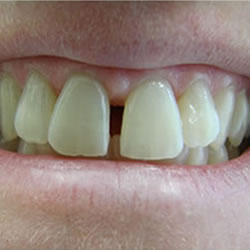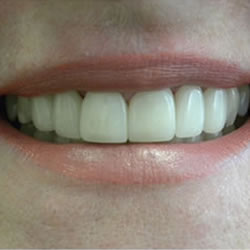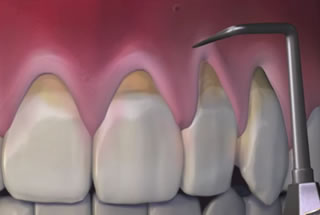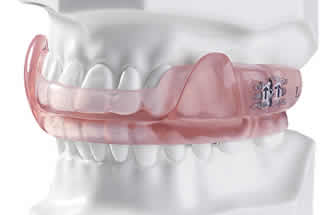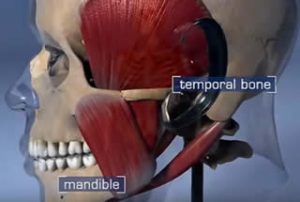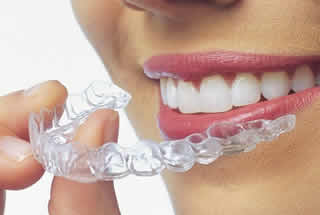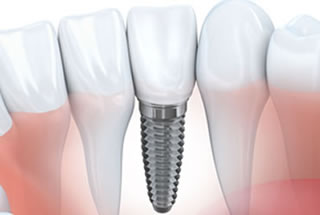CEREC stands for Ceramic REConstruction. It is also sometimes called Chairside Economical Restoration of Esthetic Ceramics. This method of computer assisted design and computer assisted manufacture (CAD/CAM) was developed by Professor Werner H. Mormann and Dr. Marco Brandestini at the University of Zurich in 1980. It is a process by which a restorative dentist can construct, manufacture and place individual ceramic tooth restorations in a single appointment. It completely removes the need for a dental lab and multiple appointments. It was first successfully used on patients in 1985.
CEREC involves creating a digital impression from mouth scans using intraoral cameras. Computer software allows the dentist to design the restoration directly on the computer using computer aided design and 3D models. Computer aided manufacturing is used to mill the tooth replacement from a choice of a variety of color-matched ceramic blocks. This is done on-site with perfect accuracy in as little as fifteen minutes using diamond-coated milling units. Dental offices without an on-site milling unit will send the data files to an affiliated dental laboratory.
CEREC is extremely popular and is used by nearly 40,000 dentists worldwide. Up to 7 million restorations each year are completed using CEREC.
CEREC utilizes a wide range of materials. Feldspar and glass ceramics (silicate ceramics) are perfectly suited for single-tooth restorations such as dental crowns and dental veneers in both the front and sides of the mouth. Oxide ceramics are best for milling high-strength dental bridges and crowns and are durable and long-lasting.
Because CEREC technology is so accurate, patient problems associated with poor fit and discomfort are significantly reduced. The need for bulky trays filled with goopy molding compounds that can leave a patient gagging is completely eradicated.
Talk to your dentist in Toronto to see how CEREC can benefit you and your smile goals.

 E-Mail Us
E-Mail Us  416-595-5490
416-595-5490